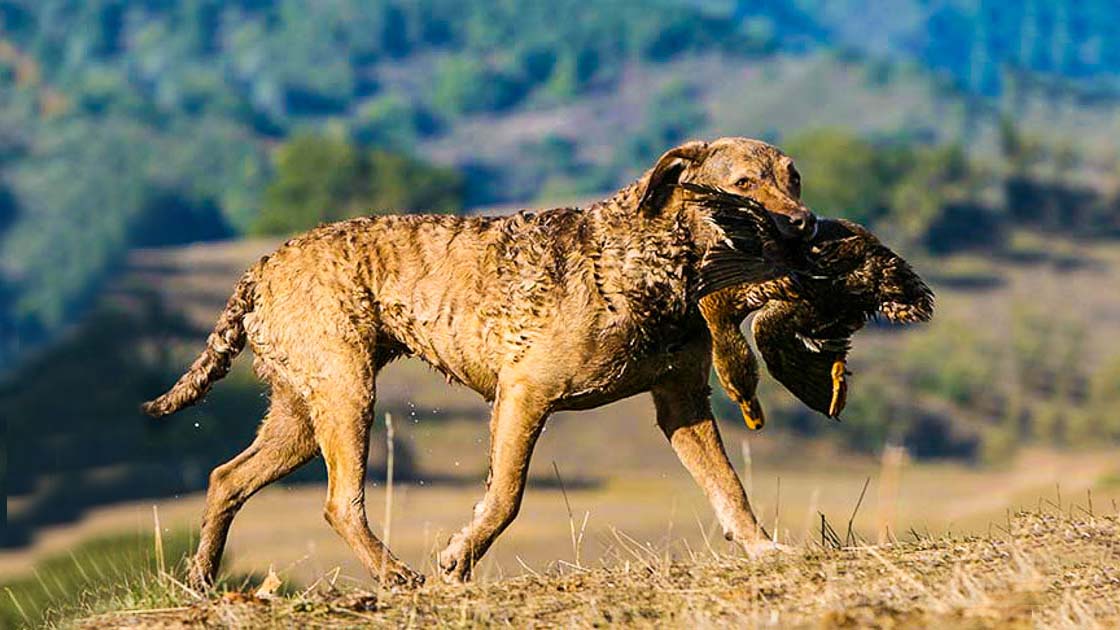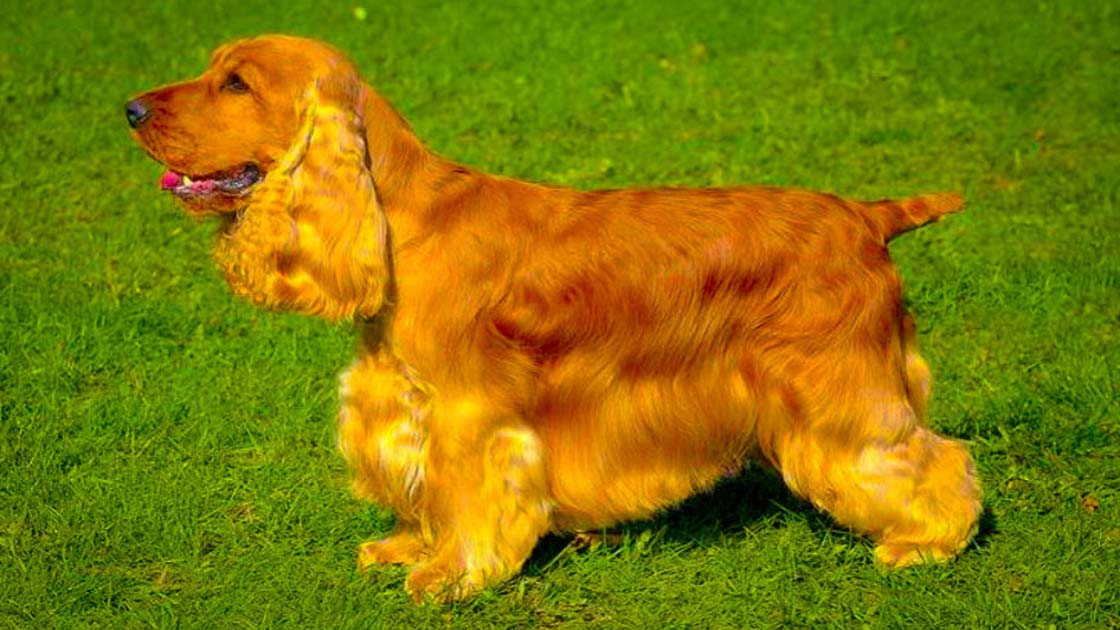brHavanese
Origin: Spain (Canary Islands)
Popularity Rank: 24 Since 2020
Life Span: Lifespan of a Havanese dog 14-16 years
Color: Havanese dogs are available in all colors.
Size: The Havanese dog size is small.
Height: The Havanese height ranges from 8 1/2 to 11 1/2 inches at the shoulder.
Breed Group: The Havanese dog belongs to the Toy group.
Havanese Dog Price: Havanese dog cost ranges are from $1500 – $2500 USD.
Weight: The Havanese weight is 7 to 13 pounds.
Havanese History
The Havanese dog is also known as the Bichon Havanese, Havana silk dog, Blanquito de la Habana, and Cuba’s national dog. It is a bichon-type of dogs breeds. They have a lively attitude and an inquisitive disposition and are known for their bouncy pace, which separates the species from other dogs. Moreover, the breed first acquired popularity in Cuba in the 1500s, not long after the Spanish flag was hoisted for the first time.
This breed was introduced to the US during the Cuban Revolution and rapidly became well-liked. The Havanese dog has a long history dating back centuries. They were bred as companions for the aristocracy and nobility of Cuba. Spanish settlers brought the breed’s forebears to the island, combining them with different toy dog varieties.
During the 18th century, Havanese dogs gained popularity in Europe and eventually went to the United States. Their upbeat personality, friendly disposition, and a gorgeous coat made them popular pets. Today, Havanese continue to win the hearts of dog lovers worldwide, retaining their status as cherished companions and show dogs.
The wealthy took their dogs with them as refugees left Cuba in the late 1950s. Since then, breeders have actively worked to develop and enhance the breed, and in 1996. It received formal approval from the American Kennel Club.
Havanese Dog Characteristics
Havanese are excellent family pets and great companion dogs. These dogs are silly, friendly, hearty, and sturdy and are good companions to younger dogs. They can thrive practically in any habitat. Due to their high social needs, this dog breed will not thrive in a setting where they are left alone for a significant portion of each day.
In addition, Havanese make excellent companion animals since they are sociable and intelligent. They are good with children and develop strong attachments to their human families. These happy dogs are very gregarious, playful, and intelligent, with a high level of affection, and they get along with everyone. Havanese dogs are well-known for their charming characteristics. They are amiable and affectionate, making them good companions and family pets.
Moreover, They provide delight and entertainment to households with their energetic and playful demeanor. Because Havanese dogs are highly trainable and intelligent, they are ideal for various activities, including obedience, agility, and therapeutic work. They also have a hypoallergenic coat that sheds minimally, making them an excellent alternative for allergy sufferers.
Havanese Dog Temperament: The outgoing and sociable nature of the Havanese dog breed is well known.
Havanese Adults: Adult Havanese are charming, delightful canines with many lovable traits. They make great friends for both people and families due to their well-known friendliness and social nature. The majority of adult Havanese are affectionate and adore being around their human family members, developing close relationships with them.
Havanese Dog Body
The Havanese breed dogs have folded ears and a tail slung over the back. In addition, they feature huge, almond-shaped eyes that are solid black and lined in dark brown, broad, high-set ears, a broad, solid black snout, and a long, silky tail that curls playfully over the back and wags with ease. Their broad, subtly rounded cranium. Their skulls are soft, folded, and significant at the base, and their ears are located high on them. Compared to their skulls, the muzzles are shorter. They have a large noses and are rectangular.
Except for the chocolate dog, the eye rims, nose, and lips are all solid black. The Havanese breed is available in various colors, including cream, gold, white, silver, blue, and black. Also available in parts and tricolor. All colors are recognized in North America; no color is preferred.
The Havanese has a distinct gait that is bouncy and “springy,” emphasizing the breed’s upbeat personality. When gaiting, the tail is carried up over the back. The breed has a strong physical appearance and a healthy constitution. The Havanese is a muscular breed that, despite its small size, is neither delicate nor overdone.
Havanese Short Hair: One characteristic that sets Havanese dogs apart is their normally long, silky coat. However, due to numerous factors like grooming preferences, individual preferences, or particular genetics, certain Havanese dogs may have shorter hair.
Coat
The Havanese dog breed short coats have either been cut short or are still growing out. In addition, they appear agile and have long, soft hair, lengthy fur, and well-feathered tails that curl over the back while they are at rest. Moreover, the coat is plentiful, long, and silky and has various hues.
Based on the coat, there are three different sorts of Havanese dogs: 1) The Maltese-like smooth coat, 2) The wavy coat 3) the wavy coat. The AKC (American Kennel Club) and the CKC (Canadian Kennel Club) recognize the corded coat. The double-coated dog has silky hair on both the outer and undercoat. The adult coat has a glossy sheen, measuring 6 to 8 inches long.
Havanese Dog Health Issues
Although, Havanese dogs are generally considered healthy, they are nonetheless susceptible to specific health conditions. A prevalent health issue in these dogs is luxating patellas, where the kneecap falls out of place. They may also develop dental problems such as tooth decay and gum disease. In these dogs, Progressive Retinal Atrophy (PRA) is an inherited eye illness that can lead to blindness. Allergies can also occur, including food allergies and skin allergies.
Canine hip dysplasia, a disorder characterized by faulty hip joints, can also occur in these dogs. Poodle eye, juvenile heritable cataracts, chondrodysplasia, patellar luxation (dislocated kneecaps), Legg-Calve Perthes disease, heart, hepatic, and renal issues, unilateral and bilateral Deafness, sebaceous adenitis (SA), seizures, and dry skin are some conditions that might affect a person. Ailments like Cataracts, Hip dysplasia, liver shunts, heart murmurs, Deafness, and chondrodysplasia are common diseases of these dogs.
Treatment
Early detection and rapid action are critical for a healthy outcome regarding these dogs treatment. If a Havanese dog is diagnosed with luxating patellas, treatment options may include medication, physical therapy, or surgery under challenging situations.
Regular tooth brushing, expert dental cleanings, and appropriate dental chews and toys are standard Havanese dog dental care components. Progressive Retinal Atrophy (PRA) currently has no treatment. Supportive measures such as regular eye checkups and ensuring a safe environment, on the other hand, can help control the disease and delay its progression.
For More Details Contact Us [icon name=”square-phone” prefix=”fas”]







